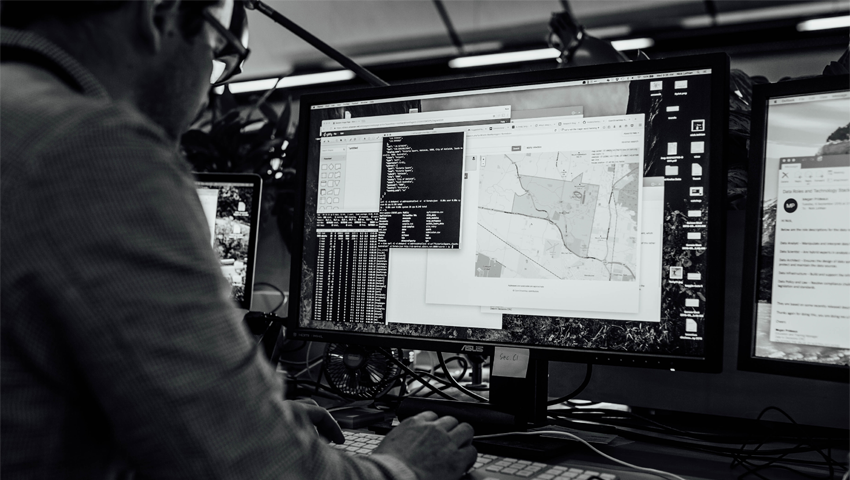Matt Rossiter from Fivecast, draws on his 20+ years of National Security experience to explore the use of open-source intelligence (OSINT) to assess military capability.
Tracking the movements of military and para-military forces at the global level has long been the domain of highly classified & far-reaching defense intelligence collection systems, staffed by military specialists, who sift through millions of pieces of information to measure the capability of military organizations, including their posture, strength, and intentions.
There’s a well-entrenched bias governments assign to certain information simply because it was harvested by a highly classified intelligence machine. But does this information necessarily deliver better intelligence insights because it was collected using sensitive or highly classified means?
THE ROLE OF PUBLICLY AVAILABLE INFORMATION IN MEASURING MILITARY CAPABILITY
Faced with constantly evolving geopolitical factors and the rise of the ‘Great Power Competition’, intelligence strategies for uncovering and assessing foreign military capabilities must evolve as well.
Working in open-source intelligence, I’m often taken by how much online publicly available information can readily replicate much of the high-tech wizardry I got used to on the “high-side”. For example, take classified intelligence reports which are based on sensitive satellite imagery showing the exact time and date a ship leaves her home port or transits a known choke point. If you’re big and grey it can be hard to hide, and there’s no end of enthusiasts online waiting to snap your picture and post the highlights to their daily social media accounts. Many of these accounts update daily (hourly in some cases) and can be found all over social media.
INTENTIONAL DISPLAYS OF MILITARY FORCE ONLINE
Another example of gaining intelligence from publicly available information are military units actively announcing their presence online. A post earlier this year on Weixin (China’s domestic version of WeChat) simply stated:
The same post offered a CCTV link to watch the action live!
Those who recognize the Diayou Islands as part of a territorial dispute between Japan, the PRC, and Taiwan, will realize the PRC Coast Guard are likely trying to make a point. A point that I’m sure is discussed at length by reams of classified intelligence reports, fed by classified intelligence machines; though possibly without the live CCTV….in this case, direct open-source monitoring may well provide the richer intelligence picture.
Publicly available information has also played a role in the recent conflict in the Ukraine with social media being used to spread both disinformation and real time footage and accounts of the military conflict. 
MILITARY OPSEC BREACHES
The rotation of large numbers of military personnel also provides a valuable source of publicly available information with Operations Security (OpSec) discipline varying dramatically across military members and their close contacts, many of whom maintain a strong social media presence.
A very well-known example is the geo-locating of Russian military personnel in Ukraine during the height of territory disputes back in 2014. Despite improved military OpSec following these breaches, the prevalence of social media usage among enlisted military personnel, their networks, and other interested parties remains consistently high and yields substantial intelligence potential.
HOW TO MEASURE MILITARY CAPABILITY?
All this valuable intelligence hiding in plain sight online raises the question:
“How can we leverage this information to enhance existing intelligence holdings and effectively measure military capability?”
This is where Open-Source Intelligence (OSINT) comes in.
Advanced OSINT capabilities can be deployed to enable military and para-military forces to rapidly collect and analyse publicly available information to uncover valuable and actionable insights.
Fivecast performs advanced data collection on the broadest data set possible from a wide range of constantly evolving platforms across the Surface, Deep, and Dark Web. Intelligence teams are then able to filter, and risk assess the data with a customizable AI-enabled risk detection framework that uncovers the information most relevant to an investigation from masses of online data.
AI and Machine Learning for OSINT from Fivecast on Vimeo.
Leveraging augmented intelligence that filters and analyses data in a way that doesn’t replace, but actively enhances the most important aspect of intelligence, “the human”, to effectively uncover valuable insights is an essential component of assessing foreign military capability.
Read the original article on the Fivecast website here.
 Login
Login







